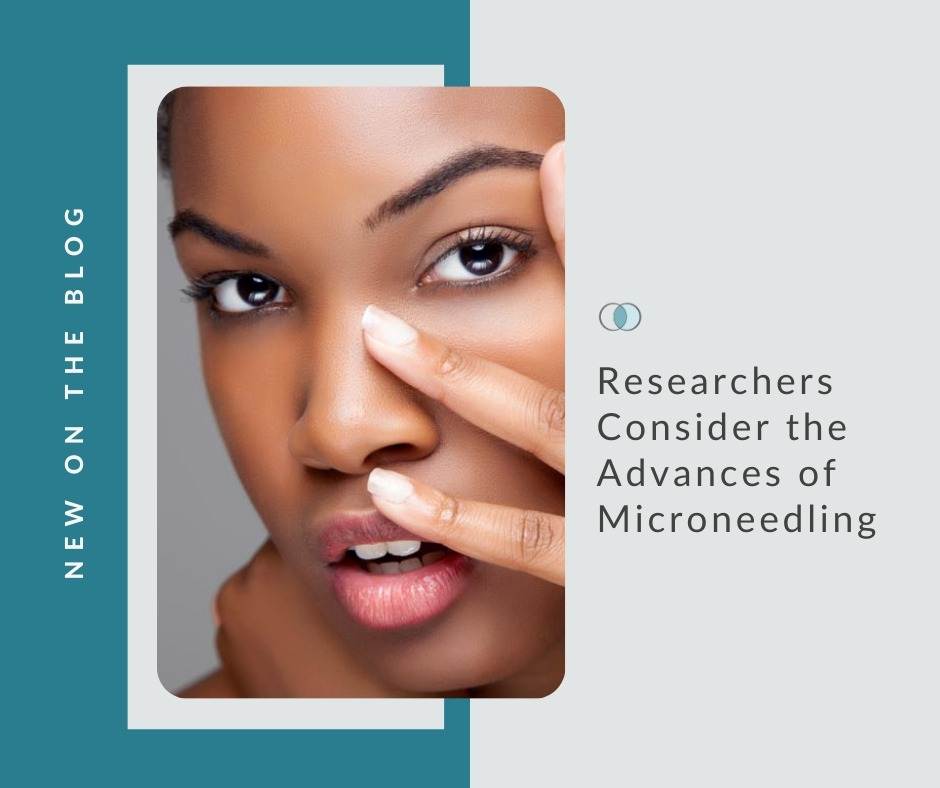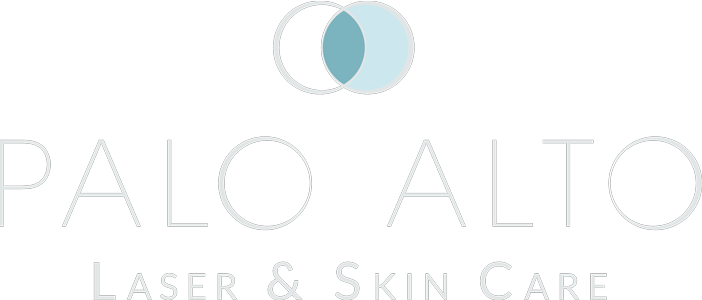
A recent article in the Indian Dermatology Online Journal highlighted the advances and many techniques of microneedling. This treatment has long been a favorite at Palo Alto Laser and Skin Care, both as a standalone treatment and as a complement to a variety of other treatments. It’s a minimally invasive treatment that works by puncturing the superficial layer of the skin using a rolling device with minute needles. Safe, effective, and affordable, it has traditionally been used as a collagen induction technique for skin rejuvenation and scar reduction. However, the research and advances are constantly evolving, so it’s worthwhile to take a look at everything microneedling entails today.
Microneedling is about one century old, but microneedling, as we know it today, dates back to 1995 when a dermal needling technique for scar treatment was used by a plastic surgeon. The procedure enjoyed a big advance in 2000 by a German inventor followed by another “makeover” in 2006 by a plastic surgeon who created the drum-shaped device that we are familiar with today. Standard medical-grade dermal rollers have a 2×2 cm drum cylinder on one end with 8 rows of 192 tiny needles. These needles are usually 0.5 – 3mm long and 0.1 – 0.25 in diameter. Only medical-grade microneedling devices have these measurements since they should only be handled by a skin care professional. So-called microneedling tools you might find online or in stores often have needle sizes that can do virtually nothing at best and cause damage at worst.
Microneedling 101
Microneedling is designed to create “micropunctures” in the skin, a type of controlled skin trauma that doesn’t really damage the epidermis. This minimal damage is not painful because the needles are very small, but it can cause pinpoint bleeding. This is another reason why it is so important not to take a DIY approach, and especially critical never to share a microneedling device. A proper microneedling treatment administered at a medical day spa immediately tells the body to release growth factors and, ultimately, collagen. Simultaneously, the needles can break down hardened scar tissue and help it revascularize into smoother, clearer, flatter skin.
Five days after your treatment, a fibronectin matrix begins to form. That’s what dictates collagen production. Clients start to see skin clearing and tightening for a long time after their initial treatment—researchers in this article estimate 5 – 7 years on average. However, this does not mean that microneedling is a “one and done” treatment every 5 – 7 years. Microneedling offers a cumulative result, meaning that a routine schedule is what will yield the best results over time. Many clients schedule treatments every few months to sustain their results.
Collagen Production By the Numbers
According to researchers, a series of four microneedling sessions scheduled one month apart each (which is a common routine for those new to microneedling) resulted in a 400 percent increase in collagen and elastin six months after their last treatment. As a bonus, microneedling can also be a great precursor to a topical treatment, which was stressed by researchers. Since it creates tiny but very temporary micropunctures, these can be used to allow topical products to better penetrate the skin. A microneedling session prior to a facial is a great combination. The treatment also helps get rid of sebum residue, which can help prevent acne.
Most microneedling sessions require less than 15 minutes, but since you can get microneedling virtually anywhere on the body, your appointment may take longer depending on the areas treated. Most people treat the face and sometimes the chest and tops of the hands. However, bear in mind that results are never immediate. It takes time for collagen to be synthesized. You will look a little pink after your treatment, but any pinpoint bleeding will have stopped before you leave the office. There is no downtime, and you can get immediately back to your day.
Scheduling Your Microneedling
Even with medical-grade microneedling, there are a lot of factors. A high ratio of tip length compared to diameter (13:1 in most cases) is indicative of a good needle. However, every treatment is customized to the client, so your exact ideal ratio may differ. Acne and scar treatment will call for a different ratio than a treatment for skin aging and wrinkles. The longer the needle, the longer the time between recommended treatment.
Some of the most common types of medical dermarollers that are FDA approved include the C-8, or basic cosmetic roller. The C-8HE is for hair-bearing areas like the scalp. A CIT-8 is a medical collagen induction therapy (CIT) roller for skin remodeling, while an MF8 is designed to create deeper channels to take on scar tissue. No matter what your goals and needs may be, we have the medical-grade microneedling device for you. Contact Palo Alto Laser and Skin Care today by completing the online form or calling the office.
